Photo: © commons.wikimedia.org/Roland Dobbins

Photo: © commons.wikimedia.org/Roland Dobbins
Humans will become immortal by 2030, thanks to artificial intelligence. Ray Kurzweil, an American futurist, made such an incredible prediction.
Kurzweil is generally a very versatile person: in addition to predictions about the future (which tend to come true), he is also known for inventing the flatbed scanner and developing computer technology for speech recognition.
About the scientific predictor and immortality, as visionary Ray Kurzweil sees him – in the material REN TV.
Who is Ray Kurzweil
Long before he took over as CTO of machine learning and natural language processing at Google, Ray Kurzweil was known for his successful futuristic predictions. He made about 150 predictions, 86% of which turned out to be correct.
Kurzweil’s full name is Raymond. He was born in 1948 in New York in the family of an artist and musician. Kurzweil’s grandmother, Lillian Bader, was one of the first women in Europe to complete a doctoral dissertation in chemistry.
It was she who gave the future inventor a typewriter, which prompted little Kurzweil to study mechanical systems and the first inventions. As a child, he designed and created many technologies: at the age of 7 – a mechanical puppet theater in which the scenery changed automatically, and at 12 – his first computing device.
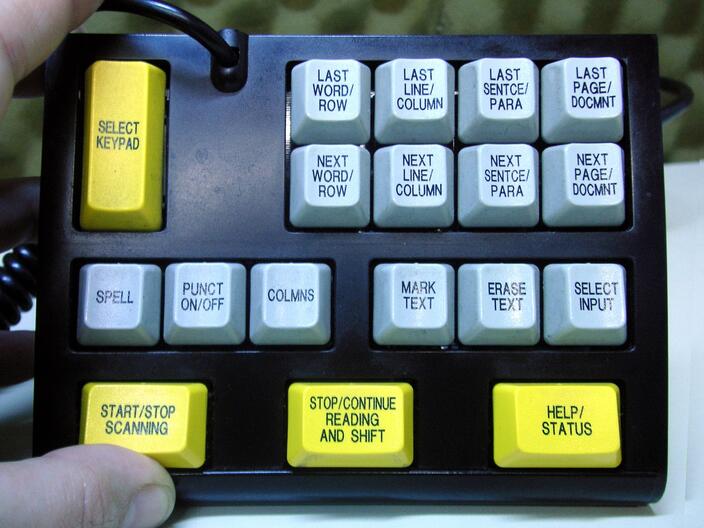
When Ray was 15 years old, he created the prototype of Shazam. The program recognized classical melodies and could compose original music in a similar style. For his invention, the teenager received an award at the International Science Fair and a commendation from the White House.
At the age of 17, Kurzweil entered the Massachusetts Institute of Technology (MIT), where he studied the entire program in computer science for a year and a half, and later became interested in literature. As a result, Kurzweil received two bachelor’s degrees at MIT at once.
Kurzweil’s first startups
Kurzweil founded his first startup in his second year: he created a program that helped teenagers choose a college. With the money he earned, the young genius opened Kurzweil Computer Products, a company that developed text recognition technology (OCR).
Kurzweil later improved the existing speech synthesis technique. This is how the Kurzweil Reading Machine was born. With the help of these devices, the blind got the opportunity to read ordinary books. One of Kurzweil’s first clients was the blind musician Stevie Wonder, who eventually became a friend of the inventor.

After meeting Wonder, Kurzweil decides to create musical synthesizers that can more accurately mimic the sounds of real instruments. In 1982 he founded Kurzweil Music Systems, and in 1984 he introduced the Kurzweil K250 synthesizer. In tests, the musicians were unable to distinguish the Kurzweil K250 in piano mode from the real instrument.
By 2030 humanity will be immortal
In 1983, at the age of 35, the inventor was diagnosed with an early form of type 2 diabetes. This turned Kurzweil’s worldview upside down: he took his health seriously and developed his own diet. As a result, Kurzweil became interested in biohacking and became one of the most famous ideologists of immortality in Silicon Valley.
Kurzweil announced a sensational forecast about the immortality of mankind by 2029-2030 this week. According to the scientist, in six to seven years, people will be able to “increase life expectancy by more than a year every year.”
He also suggested that in the near future nanorobots will help people get rid of diseases. Thanks to this, humanity will seriously increase life expectancy, and later become immortal, the futurist said.
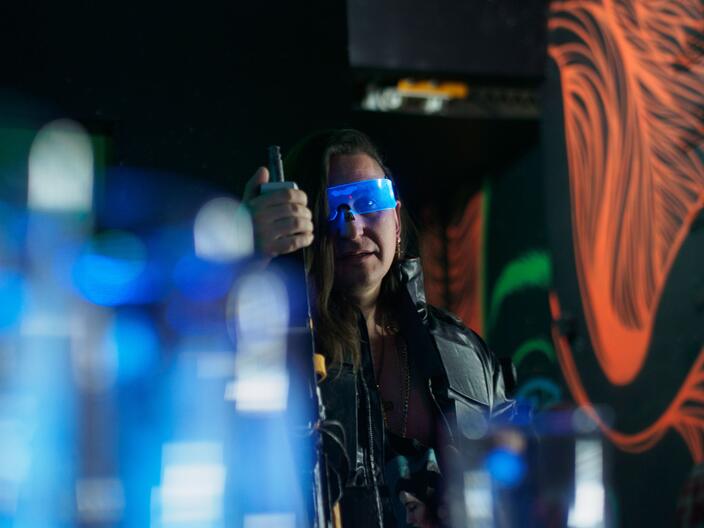
By 2030, artificial intelligence (AI) will reach a technological singularity and will also begin to develop independently, said Kurzweil. Over time, artificial intelligence will reach the same level as the human one. According to the futurologist, in seven years the process of merging a person with AI will begin. And by 2045, a generation of cyborgs will be created.
The scientist suggested that such processes will cause an increase in the capabilities of the brain ten thousand times. Thus, the new group of people will not only have a longer life expectancy, but will also be more intellectually developed.
Immortality as an idea fixed by Ray Kurzweil
This is not the first time Kurzweil has seriously stated the possibility of eternal life and even released a detailed guide to achieving it. In Transcend, co-authored with Longevity Clinic founder Terry Grossman, MD, Terry Grossman, he lays out a program by which anyone can, if not achieve immortality, at least significantly increase the length (and quality) of life.
Kurzweil himself is now 75, but he assures that his biological age is somewhere “closer to 50”. His standard breakfast consists of a cup of fresh berries, hot chocolate with a little coffee, a slice of smoked salmon or mackerel, vanilla soy milk, stevia, oatmeal, and green tea.
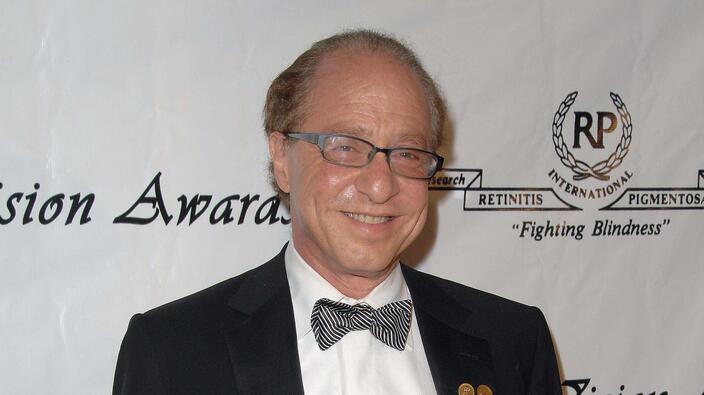
Kurzweil’s main advice is:
- Regularly examine the body: take tests for biochemistry, tumor markers, hormone levels, etc. Also track basic health indicators like heart rate, blood pressure, blood sugar and cholesterol levels at home. Take a fitness test for muscle strength, flexibility, endurance.
- Get enough sleep, spend more time in nature, meditate regularly, and do a general body massage at least once a week.
- Give up sugar by replacing it with stevia, and sweets with fruits and berries, which are best consumed in the morning. Shift the focus from animal proteins to vegetable proteins – tofu, lentils, nuts.
- Together with a specialist, calculate the daily number of calories necessary for your lifestyle. Leave the table with a feeling of satiety by 80%, do not eat after 19:00-20:00 hours.
- Minimum program: daily half-hour walks. If possible, increase physical activity, giving preference to aerobic, strength exercises and stretching.
- Eat organic whenever possible. Otherwise, avoid vegetables and fruits, which contain the most toxins. These are bell peppers, spinach, celery, potatoes, peaches, strawberries, apples, pears, cherries, imported grapes, raspberries. Buy foods that are low in toxins: corn, avocados, cauliflower, asparagus, onions, broccoli, pineapples, mangoes, kiwis, papaya, bananas. Garlic, onions, rosemary, lemons, green tea contribute to detoxification itself.

Kurzweil himself takes about 100 daily dietary supplements worth several thousand dollars – about one million dollars a year. With their help, he expects to prolong life and catch the era of techno-immortality.
The futurologist’s fallback is cryonics. In 2002, Kurzweil became a client of Alcor, a company that has been freezing people since the 1970s and is one of the leaders in this field.
Kurzweil’s predictions come true
Ray Kurzweil is considered one of the most respected futurists in the world.
Microsoft founder Bill Gates says this about him: “Ray Kurzweil gives the most accurate predictions about the future of artificial intelligence that I know of.”
Here are some of Kurzweil’s predictions that have already become a reality:
- In 1990, Ray Kurzweil claimed that a computer would beat the world chess champion in 1998. This actually happened, however, a year earlier. In 1997, IBM’s Deep Blue supercomputer beat Garry Kasparov.
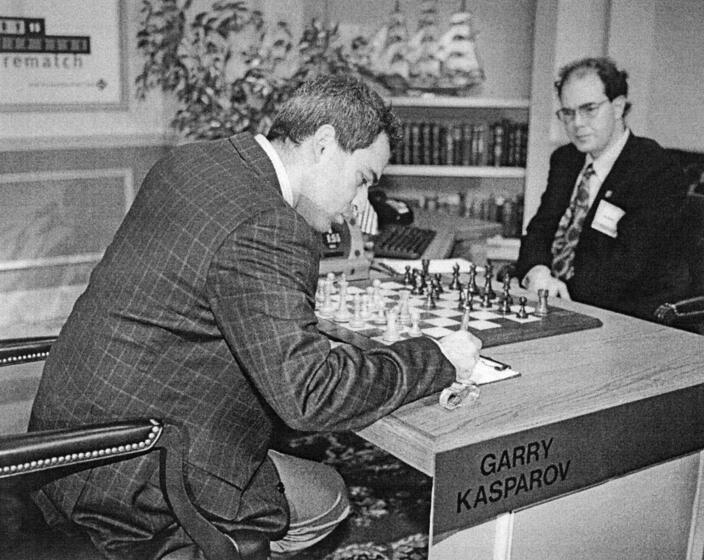
- Personal computers will be able to answer questions with wireless access to information over the Internet in 2010. Now this is our reality.
- In the early 2000s, exoskeletons will allow the disabled to walk. Today, companies such as Ekso Bionics and others are actively building and testing exoskeletons and bionic prostheses.
- In 1999, a futurist predicted that humans would be able to give voice commands to computers as early as 2009. By 2009, virtual assistants like Alexa or Siri were in their infancy, but today they are built into millions of devices.
- Computer displays will be built into glasses, creating augmented reality, in 2009. Developers began experimenting with augmented reality long before 2009. But work on the mass production of such glasses, in particular Google Glass, started in 2011, and their presentation took place in 2012.
- Smartphones and tablets will appear within 10 years. Kurzweil wrote:The concept of the document will change. Extremely high resolution screens will become as familiar as paper. We will regularly create, modify, process and read documents without converting them to paper form.”
- And in 2005, Kurzweil said that by 2010, virtual solutions would allow real-time translation from one language to another. Microsoft (Skype Translate), Google (Translate) and others have already done this – though closer to 2015.
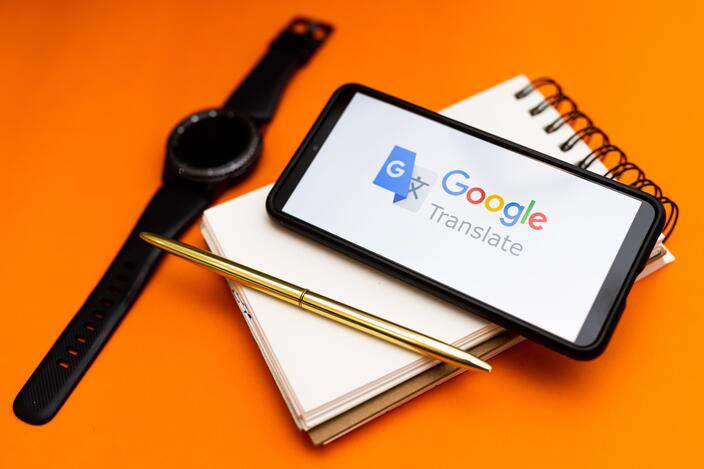
What awaits us in the coming decades
In forecasts released a few years ago, Ray Kurzweil described his vision for the coming decades. Here’s what he thinks is in store for us:
- 2025 Emergence of the mass market of gadgets-implants.
- 2027 year. A personal robot capable of fully autonomous complex actions will become as commonplace as a refrigerator or coffee maker.
- 2029 year. The computer will be able to pass the Turing test, proving that it has a mind in the human sense of the word. This will be achieved through computer simulation of the human brain.
- 2031. 3D printers for printing human organs will be used in hospitals of any level.
- 2036 year. Using a programming approach to biology, for the first time, humanity will be able to program cells to treat diseases, and the use of 3D printers will allow growing new tissues and organs.
- 2039 year. Nanomachines will be implanted directly into the brain and perform arbitrary input and output of signals from brain cells. This will lead to a “total immersion” virtual reality that does not require any additional equipment.
- 2041. The ultimate bandwidth of the Internet will be 500 million times greater than today.
- 2043 year. The human body will be able to take any shape, thanks to a large number of nanorobots. Internal organs will be replaced with cybernetic devices of much better quality.
- 2044 year. Non-biological intelligence will become billions of times more intelligent than biological intelligence.
- 2045 year. The onset of technological singularity. The earth will turn into one giant computer.
Ray Kurzweil suggested that it would be at the end of this century. In his opinion, in 2099 the process of technological singularity will spread to the entire Universe.
Source: Ren
Alfred Hart is an accomplished journalist known for his expert analysis and commentary on global affairs. He currently works as a writer at 24 news breaker, where he provides readers with in-depth coverage of the most pressing issues affecting the world today. With a keen insight and a deep understanding of international politics and economics, Alfred’s writing is a must-read for anyone seeking a deeper understanding of the world we live in.
